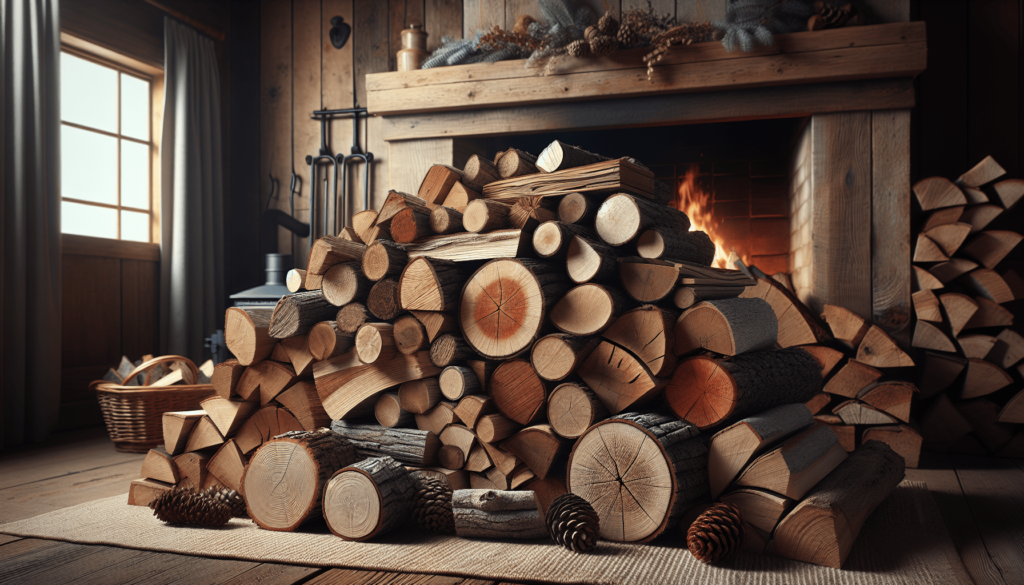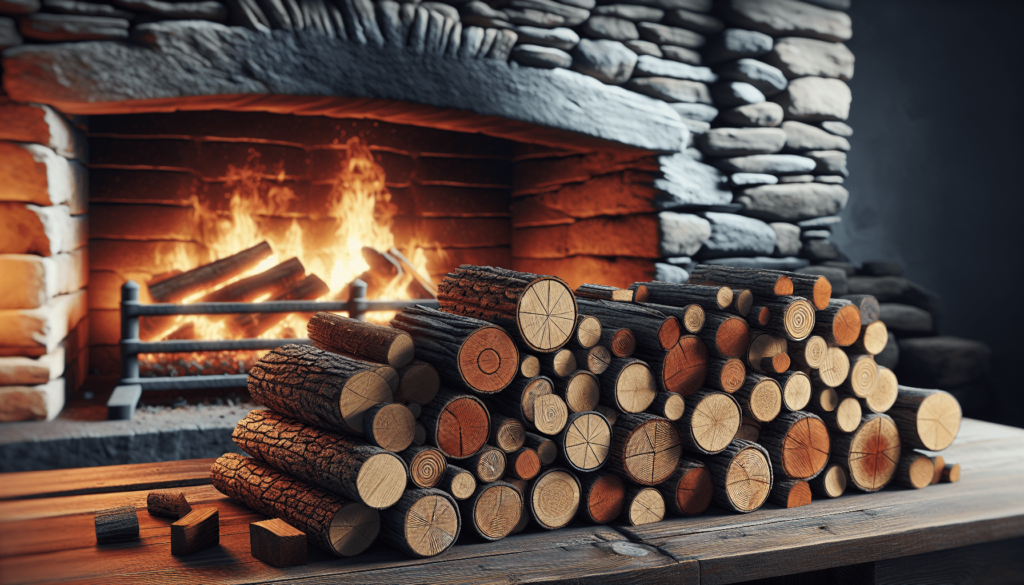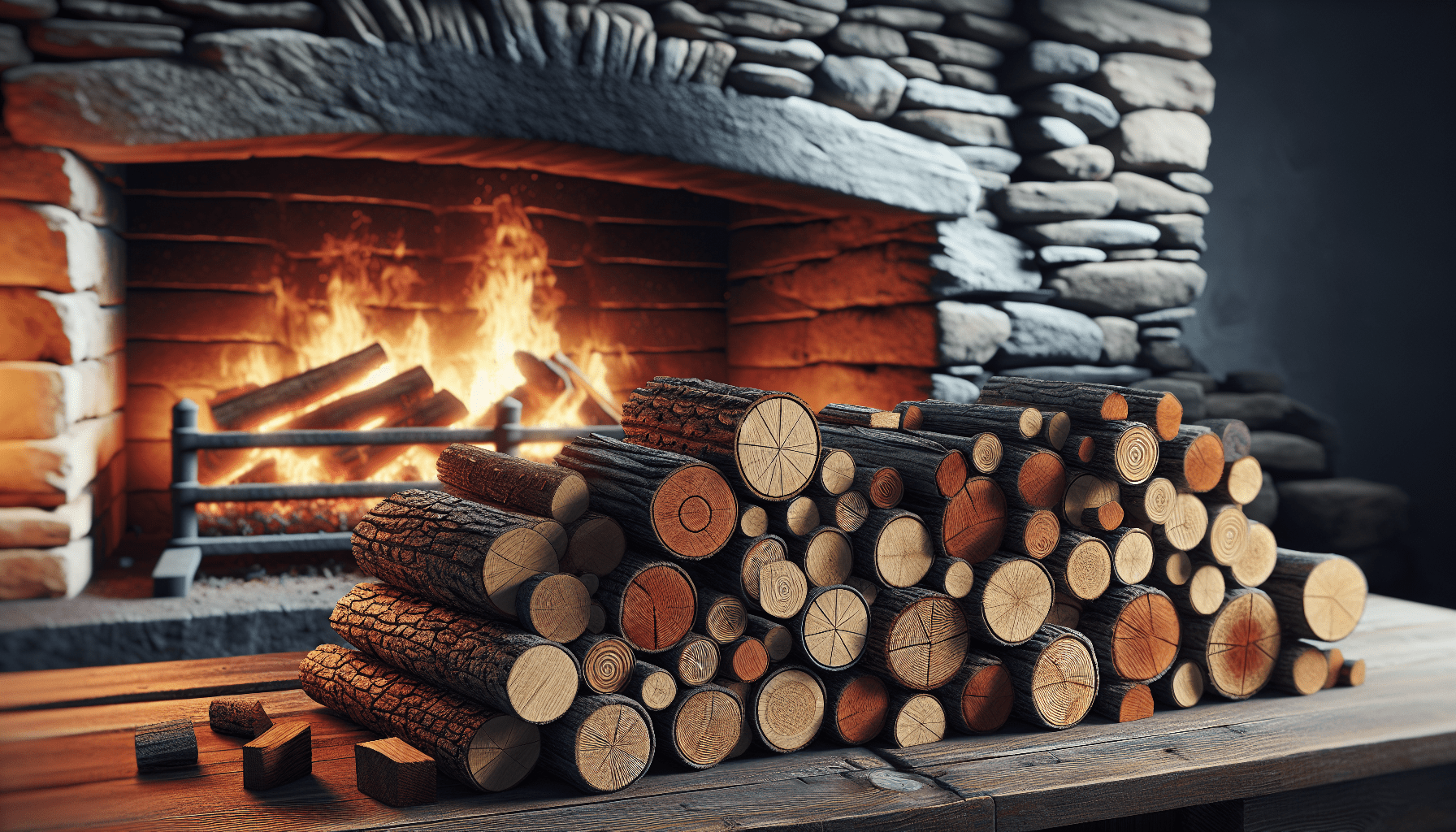I’ve always loved the crackle and warmth of a good wood fire, especially on chilly evenings. But not all wood is created equal when it comes to safety and efficiency in your fireplace or wood stove. In “What Wood Is Safe For Wood Burning?” I delve into the different types of wood and identify which ones are best suited for burning. Some woods can produce harmful fumes or excessive creosote that clogs chimneys, so it’s crucial to know what you’re putting into the fire. Through my research and personal experiences, I’ve gathered practical tips to help make your fires both safe and enjoyable. Do you ever wonder what wood is safe for wood burning? I found myself pondering this very question one chilly evening, bundled up next to my fireplace, staring into the flickering flames. I mean, surely not all wood is created equal when it comes to heating our homes or creating a cozy ambiance. So, I delved deep into the world of wood burning to uncover the secrets of which woods are the best—and safest—to burn.
Why Does Wood Type Matter?
Think about it. You’re sitting by the fireplace, enjoying the warmth, and the last thing you want is to inhale toxic fumes. Some woods can be harmful to your health when burned, while others can provide that perfect cozy warmth without any hidden dangers. Let’s explore why the type of wood matters and how it can impact your health and your chimney.
The Science of Wood Burning
Let’s get a bit scientific for a minute. Wood is composed of various compounds, and when it’s burned, these compounds break down and release different gases and particulate matter. Some woods emit less creosote and are, hence, safer and more efficient for burning. Creosote, by the way, is that black, tar-like substance that can build up in your chimney and become a fire hazard.

Hardwood vs. Softwood
It’s like the eternal battle between chocolate chip cookies and oatmeal raisin cookies. Hardwood and softwood come from different types of trees and burn differently. Generally speaking, hardwoods like oak and maple have a denser structure than softwoods like pine and spruce. This makes hardwoods preferable for long-lasting fires.
| Feature | Hardwood | Softwood |
|---|---|---|
| Density | High | Low |
| Burn Time | Longer | Shorter |
| Heat Output | Higher | Lower |
| Creosote | Less creosote buildup | More creosote buildup |
| Examples | Oak, Maple, Birch | Pine, Spruce, Fir |
| Cost | More expensive | Less expensive |
Best Hardwoods for Burning
Oak
Oh, where do I start with oak? It’s the gold standard in the world of firewood. Known for its high density, it burns slowly and produces a tremendous amount of heat. Plus, it emits very little smoke, which is a win-win in my book.
Maple
Ah, maple—a close contender to oak. It’s another hardwood that burns cleanly and efficiently. While it might not last as long as oak, it still gives off a good amount of heat and is pretty easy to find.
Birch
Birch wood is kind of like finding a five-dollar bill in your winter coat pocket. It burns nicely and has a smooth bark that can be used as a natural fire starter. The only downside? Birch burns faster than oak or maple, so you’ll need to keep adding logs to your fire.

Best Softwoods for Burning
Pine
Pine holds a special spot for me. It’s easily available and often less expensive. However, it burns quickly and leaves a lot of creosote. I’d recommend it for kindling rather than a primary source for long-lasting fires.
Spruce
Spruce is another decent option for quick fires. It burns bright and fast but produces a decent amount of creosote. So, if you’re planning a quick bonfire rather than a sit-by-the-fireplace evening, spruce could be a good choice.
Fir
Like a fleeting romance, fir burns quickly and intensely, offering immediate warmth. It’s also easier to split, making it a convenient option for those quick, impromptu fires. But again, beware of the creosote buildup.
Woods to Avoid
Poisonous Woods
Certain woods can actually be dangerous to burn. Woods like poison oak, poison ivy, and oleander release toxic fumes when burned. Just the thought of it makes my eyes water!
Driftwood
I used to think driftwood had a magical quality to it—something about its weathered, sea-beaten appearance. Turns out, burning driftwood can release chlorine gases, which are harmful when inhaled.
Construction Lumber
Do not, under any circumstances, burn treated or painted wood. The chemicals used in these processes can release toxic fumes that are dangerous to inhale. Plus, they can damage your flue and chimney.
Green Wood
Green wood is like trying to read a soggy book—it’s just not going to go well. Freshly cut wood has a high moisture content, leading to excessive smoke and less efficient burning. Always allow your wood to dry or season before burning it.
How to Season Firewood
You might now be wondering, “How do I season firewood?” It’s pretty simple but requires some time and patience. Freshly cut wood needs to be stacked in a dry, windy location for at least six months to a year. This allows the moisture to evaporate, leaving you with wood that burns more efficiently and cleanly.
Storing Your Firewood
Properly storing your firewood is as crucial as choosing the right type. Stack your wood off the ground and cover the top to protect it from precipitation, but leave the sides exposed to allow airflow. This helps in seasoning and prevents rot.
Green Practices for Wood Burning
In today’s environmentally-conscious world, even our wood-burning habits matter. Make sure to source your wood sustainably, either from responsibly-managed forests or recycled wood sources. Use a high-efficiency stove or fireplace insert to get the most out of your wood and minimize pollutants.
Alternatives to Traditional Wood Burning
If you’re concerned about the environmental impact or the hassle of dealing with wood, there are alternatives. Pellet stoves use compressed sawdust pellets and burn very efficiently. Gas fireplaces offer the ambiance without the smoke or need for firewood. Electric fireplaces, though not as warm, offer a clean and easy option.
Health and Safety Tips
Ventilation
Ensure you have proper ventilation. Whether it’s a modern fireplace or a wood-burning stove, fresh air is essential to keep the fire going and to prevent the buildup of harmful gases.
Clean Your Chimney
Regular chimney cleaning is a must. Professional chimney sweeps can remove creosote buildup, reducing the risk of chimney fires.
Use a Fireplace Screen
This might sound like a no-brainer, but using a fireplace screen can prevent stray embers from flying out and causing accidents. Safety first!
Carbon Monoxide Detectors
Finally, make sure you have a working carbon monoxide detector. It’s your last line of defense against the silent, invisible gas that can be deadly.
Conclusion
So, what wood is safe for wood burning? It boils down to a combination of hardwoods, proper seasoning, and mindful practices. By choosing the right types of wood like oak, maple, and birch and avoiding the dangerous ones like treated lumber and green wood, you’re setting yourself up for a warm and safe experience. Plus, taking steps to ensure proper storage, seasoning, and chimney maintenance will make your wood-burning journey even smoother. Whether you’re an old hand at stoking the flames or a newbie looking to toast marshmallows, I hope you find this guide helpful and, more importantly, that you stay safe and warm.

